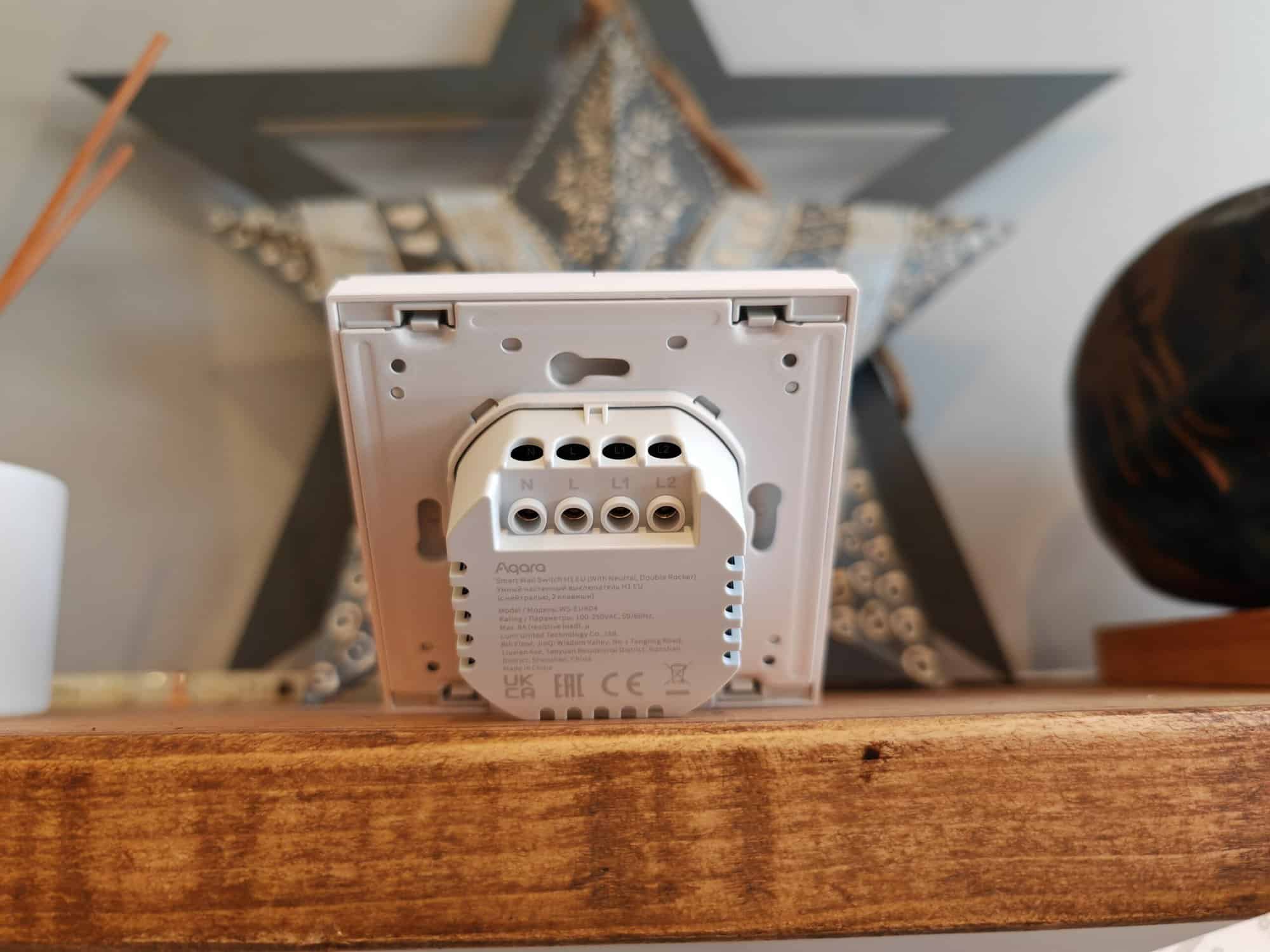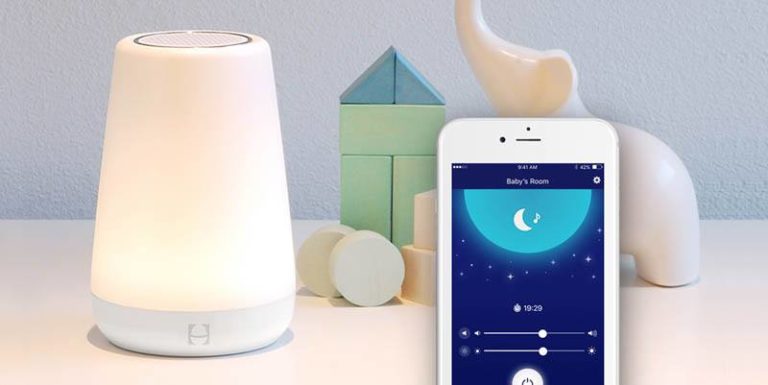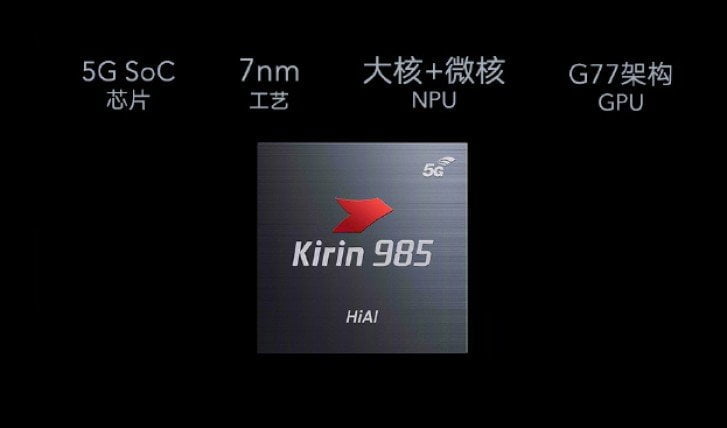Any links to online stores should be assumed to be affiliates. The company or PR agency provides all or most review samples. They have no control over my content, and I provide my honest opinion.
Most older UK homes use dated wiring for their lighting. This will typically consist of a live and live switched cable and works simply by the light switch completing the circuit when switched on.
When I first started to invest in smart home technology, there were not many (or any that I can remember) smart light switches that worked without a neutral wire.
In recent years, there have been dozens of options come to the market. So far, I have reviewed the no-neutral Aqara Smart Wall Switch H1 EU and the TP-Link Tapo S210 Smart Light Switch.
More recently, I have had part of my home rewired, and I now finally have wiring with neutral wires and deep back boxes, which gives me much more flexibility for smart switch choices. I have recently fitted the neutral version of the Aqara Smart Wall Switch H1 EU and that review will be going live tomorrow.
As usual, for anything to do with home electrics, I will warn you that I am not an electrician, and I am not very good at DIY. My terminology may not be quite correct, and you should consult a qualified electrician before doing any electrical work, especially if you are as useless as me.
What is a Neutral Wire Used in Comparison to the Live Switched Wire
In electrical systems, the wires play distinct roles in transmitting power and ensuring safety. The terms “neutral” and “live” (or “hot”) refer to different wires with different functions. Here’s a breakdown of their roles and differences:
- Neutral Wire:
- Role: Serves as the return path for current. In a balanced electrical circuit, it should have a voltage close to zero relative to the ground.
- Purpose:
- Provides a path for the current to return to its source (transformer or generator). This return path is essential for completing the electrical circuit.
- Helps in grounding the electrical system, making it safer.
- Safety Aspect: The neutral wire is connected to the ground at the distribution board (or circuit breaker panel), and hence, it is nearly at the same voltage level as the earth. This means if you touch a neutral wire (which is not recommended), the chances of getting a shock are minimal, especially when compared to a live wire. However, under certain fault conditions, the neutral can become live and pose a threat.
- Live (Hot) Wire:
- Role: Supplies current from the power source (like the utility) to the devices (like lamps, appliances, etc.).
- Purpose:
- To provide the necessary voltage (like 120V or 240V in residential settings) to power devices.
- Safety Aspect: A live wire is always at a potential different from the ground. Touching a live wire can result in a severe electric shock because the body can become a path for the current to reach the ground.
The Difference in a Light Switch Setting
- When you operate a traditional light switch, it’s the live wire that’s being opened or closed. The switch breaks the circuit, stopping the flow of electricity and turning off the device. When the switch is on, the circuit is complete, allowing electricity to flow and the device to operate.
- The neutral wire, on the other hand, remains connected and isn’t typically switched. Its purpose is to provide a return path for the current.
Neutral Smart Light Switches:
- How They Work: The neutral wire provides a return path for the current. With a neutral wire, the smart switch is able to draw continuous power, even when the light is off, to maintain its wireless connectivity and other smart functions.
Pros:
- Stable Power: Since they have a constant power source, they usually have consistent connectivity and performance.
- Compatibility: Tend to be more universally compatible with different types of bulbs and light fixtures.
- Features: Might offer more features due to the consistent power source, such as LED indicators or more advanced dimming functionalities.
Cons:
- Installation Complexity: Might be harder to install in older homes that don’t have a neutral wire in the switch box.
- Cost: Can be more expensive due to the requirement for additional wiring, especially in homes lacking the neutral wire.
No Neutral Smart Light Switches:
- How They Work: These don’t require a neutral wire. Instead, they might get their power by allowing a small amount of current to flow through the light bulb even when it’s turned off, or by using batteries.
Pros:
- Easier Installation: Especially beneficial for older homes that don’t have a neutral wire at the switch location.
- Cost: Installation might be cheaper since you don’t need to retrofit a neutral wire.
Cons:
- Limited Compatibility: Might not be compatible with all types of bulbs, especially certain LEDs which may flicker due to the small current passing through.
- Battery Dependency: If the switch operates on a battery, the battery will need periodic replacement.
- Potential Connectivity Issues: Since they don’t have a consistent power flow, there could be occasional connectivity drops.
- Limited Features: Due to power constraints, might not have as many features as their neutral-wire-requiring counterparts.
In Summary
The choice between neutral and no-neutral smart light switches largely depends on your home’s wiring and your specific needs. If you live in an older home without a neutral wire, a no-neutral switch might be your best option. However, if you have the choice, switches that use a neutral wire are often more reliable and feature-rich. Always consult with a qualified electrician before making changes to your home’s electrical system.
I am James, a UK-based tech enthusiast and the Editor and Owner of Mighty Gadget, which I’ve proudly run since 2007. Passionate about all things technology, my expertise spans from computers and networking to mobile, wearables, and smart home devices.
As a fitness fanatic who loves running and cycling, I also have a keen interest in fitness-related technology, and I take every opportunity to cover this niche on my blog. My diverse interests allow me to bring a unique perspective to tech blogging, merging lifestyle, fitness, and the latest tech trends.
In my academic pursuits, I earned a BSc in Information Systems Design from UCLAN, before advancing my learning with a Master’s Degree in Computing. This advanced study also included Cisco CCNA accreditation, further demonstrating my commitment to understanding and staying ahead of the technology curve.
I’m proud to share that Vuelio has consistently ranked Mighty Gadget as one of the top technology blogs in the UK. With my dedication to technology and drive to share my insights, I aim to continue providing my readers with engaging and informative content.







